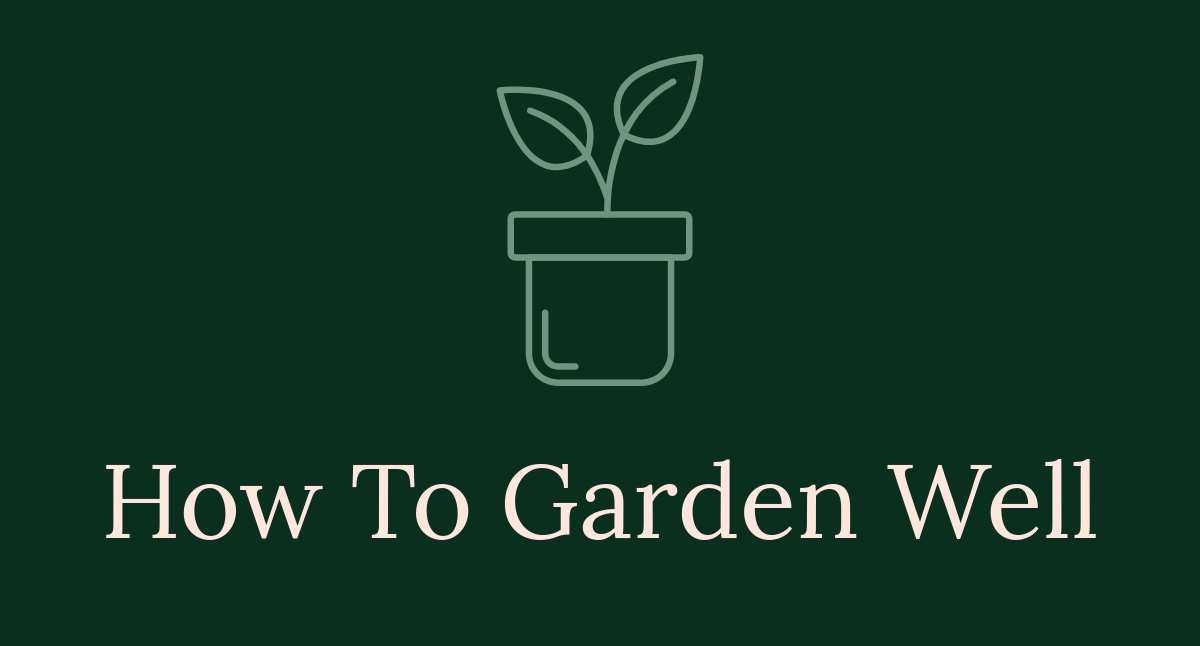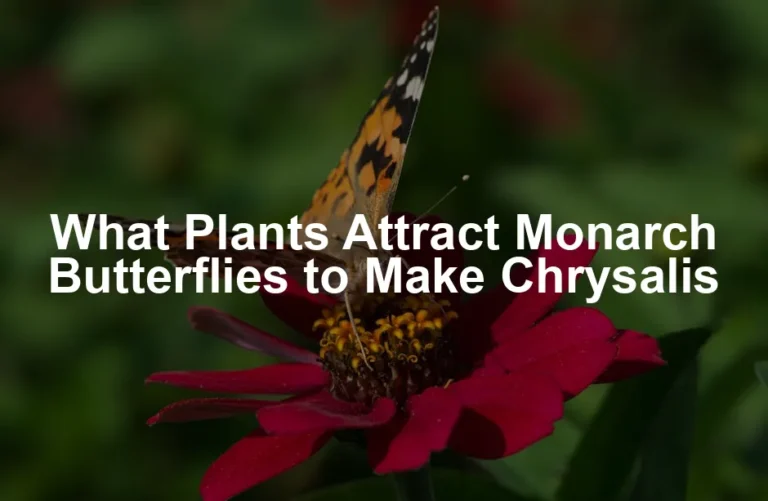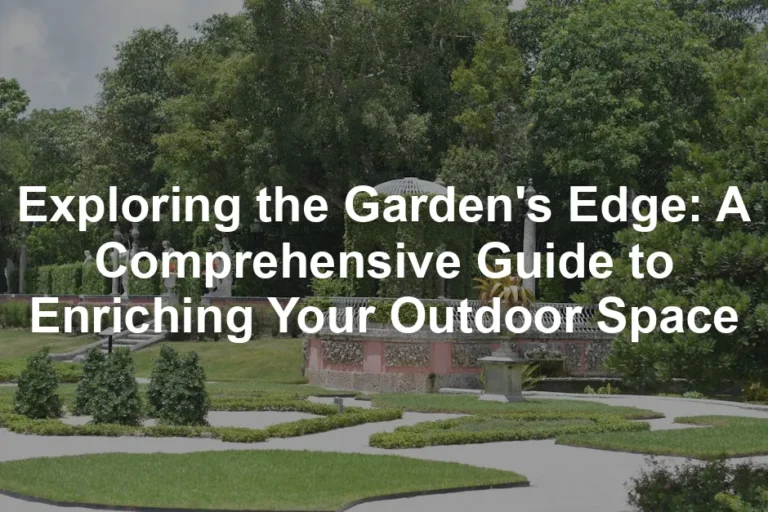

Creating a Beautiful Wildflower Garden: A Complete Guide
Introduction
Wildflower gardens offer beauty and ecological benefits. They enhance biodiversity and attract vital pollinators like bees and butterflies. Imagine stepping into a vibrant, colorful space buzzing with life! Starting your own wildflower garden can be a rewarding experience. Ready to dig in?
Summary and Overview
A wildflower garden is a stunning blend of nature’s best colors and textures. These gardens are not just pretty; they play a crucial role in supporting local ecosystems. You can choose between annual and perennial wildflowers, each with unique characteristics. Annuals bloom for one season, while perennials return year after year.
Soil conditions and climate are essential for success. Wildflowers thrive in poor, well-drained soil and prefer sunny locations. Creating a wildflower garden involves selecting the right seeds, preparing the soil, and sowing at the right time. A Wildflower Seed Mix for Pollinators can kickstart your journey!

One of the best parts? Wildflower gardens require minimal maintenance. They provide a habitat for various wildlife, making your garden a haven for nature. Why not take the plunge and start your own wildflower garden?
Choosing the Right Location for Your Wildflower Garden
Ideal Conditions for Wildflowers
Selecting the perfect spot is key for your wildflower garden. Most wildflowers thrive in full sun, requiring at least 6 to 8 hours of direct sunlight daily. Some varieties can tolerate partial shade, but sun-loving plants generally perform best in bright conditions.
Soil type and drainage are equally important. Wildflowers prefer well-drained, nutrient-poor soils. Heavy clay or overly fertile soil can hinder growth. Without proper drainage, roots may rot, leading to unhappy plants.
Remember, a wildflower garden not only brings color but also supports local wildlife. Explore our recommended wildflower mixes based on your garden’s conditions! And don’t forget to equip yourself with a good Gardening Tools Set for all your planting needs!
Types of Wildflower Meadows
Annual vs. Perennial Meadows
Wildflower meadows fall into two main categories: annual and perennial. Annual meadows consist of plants that complete their life cycle within one growing season. They bloom brightly, often producing a stunning display in their first year. However, these plants need to be replanted annually.
On the other hand, perennial meadows host plants that return year after year. They may take longer to establish but provide lasting beauty and require less maintenance over time.
Annuals typically bloom within three months, while perennials may take up to two years to flourish. Consider your commitment level when choosing between these meadow types.
With the right choice, your garden can thrive beautifully! Discover the best wildflower mixes for your chosen meadow type!
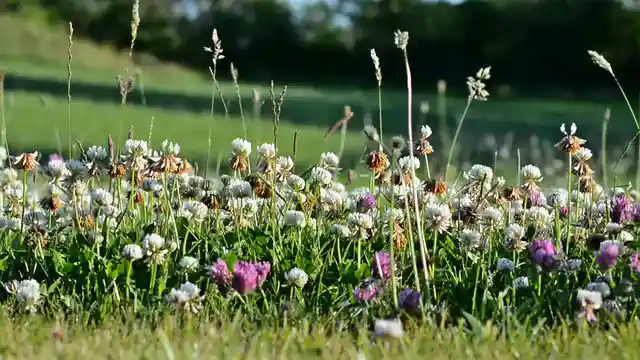
Choosing the right wildflower mixes can significantly enhance the beauty and ecological function of your garden. Explore how to create a pollinator-friendly garden design.
Preparing Your Garden for Wildflowers
Soil Preparation
Healthy soil is vital for a thriving wildflower garden. Wildflowers prefer nutrient-poor conditions, meaning you want your soil to be less fertile. Too many nutrients can lead to excessive growth of grasses and weeds, which will outcompete your wildflowers.
Start by clearing the area of any existing flora. Remove grass, plants, or any weeds to give wildflower seeds a fighting chance. Next, it’s essential to reduce the soil fertility. This can be achieved by stripping off the top 5-10 cm of soil.
Experts recommend aiming for soil nutrient levels that are lower than what you’d typically find in a garden. Ideal conditions often include sandy or loamy textures. Allow the area to rest for a few weeks to let any remaining seeds germinate. Remember, wildflowers thrive in simple, unencumbered environments.
Want to set yourself up for success? Get our soil preparation checklist to ensure a flourishing garden! And if you’re looking to enrich your soil, consider using Organic Compost.

Proper soil preparation is crucial for your wildflower garden’s success. Learn more about essential soil preparation techniques.
Planning Your Wildflower Patch
When planning your wildflower garden, consider its size. Successful patches can range from small corners to expansive meadows. A patch as small as 1 square meter can create a beautiful impact.
Visualize the layout: do you prefer a few scattered patches or a larger, flowing meadow? Both options can be stunning. Research shows that well-designed patches attract more wildlife and enhance biodiversity.
Feeling inspired? Use our garden planner tool for perfect layout ideas! And don’t forget to keep track of your progress with a Garden Journal for Planning.
Sowing Wildflower Seeds
Best Practices for Sowing
Timing plays a crucial role in sowing wildflower seeds. The best times are mid-spring and early autumn. These seasons provide ideal conditions for germination. Early spring sowing allows seeds to benefit from the warmth and moisture. Conversely, autumn sowing gives seeds a chance to undergo natural stratification before they sprout.
When it comes to techniques, effective seed distribution is key. Scatter seeds evenly over prepared soil at a rate of about 5 grams per square meter. Raking the seeds lightly into the soil helps ensure good soil contact. This step is vital for improving germination rates.
Statistics show that seeds sown in spring have a germination rate of around 70%, while those sown in autumn can reach 60%. Proper preparation and timing can significantly influence your garden’s success.
Ready to get started? Download our sowing guide for expert tips! And while you’re at it, consider using a Soil Testing Kit to ensure your soil is just right!

Maintaining Your Wildflower Garden
Care and Maintenance Tips
One of the best features of a wildflower garden is its low-maintenance nature. Once established, these gardens thrive with minimal intervention. Most wildflowers require little watering. During dry spells, a gentle watering once a week is often sufficient.
Weeding is another important aspect. Regularly check for invasive species that may compete with your wildflowers. Hand-pulling weeds is effective and can be done during your weekly garden stroll.
Seasonal tasks include cutting back dead plants in early spring. This promotes new growth and keeps your garden tidy. Research indicates that gardeners spend an average of just 30 minutes a week maintaining wildflower gardens.
Excited to keep your garden thriving? Subscribe for monthly care tips straight to your inbox! And don’t forget to invest in some quality Pruning Shears to keep those wildflowers looking fabulous!

Attracting Wildlife to Your Wildflower Garden
Creating a wildflower garden is an excellent way to boost local biodiversity. These gardens provide essential habitats for pollinators like bees, butterflies, and other wildlife. Did you know that wildflower gardens can increase pollinator populations by up to 50%? That’s a significant boost for our buzzing friends!
Native plants play a crucial role in this process. They offer the right food and shelter for local species. When you plant native wildflowers, you’re not just beautifying your space; you’re also supporting the ecosystem. Pollinators thrive on these plants because they’ve evolved together over time. To enhance your garden further, consider adding a Bee House for Pollinators to provide them with a cozy home!
By choosing a mix of native wildflowers, you can attract a variety of pollinator species. This will create a lively, vibrant garden buzzing with life. Your wildflower garden can become a crucial wildlife habitat, helping to maintain the balance of nature.
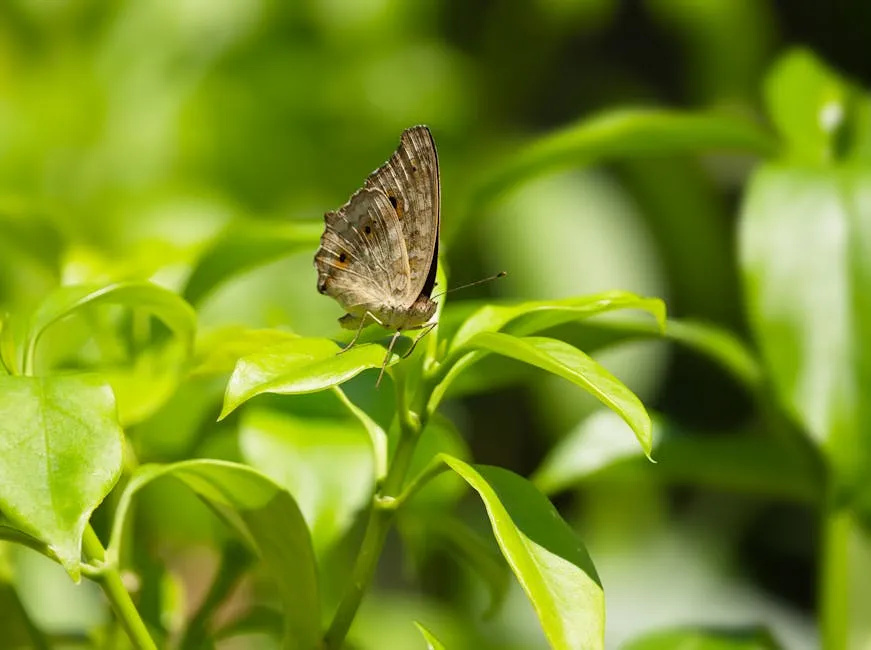
Creating a wildlife habitat in your garden can enhance biodiversity. Learn how to attract nature to your backyard.
Conclusion
Creating a wildflower garden comes with countless benefits. Not only do you enhance the beauty of your yard, but you also support local wildlife and biodiversity. Imagine the joy of watching bees and butterflies flit about as you nurture your plants.
Now is the time to take action! Start your own wildflower garden today and experience the satisfaction of contributing to nature. You’ll be amazed at how quickly your garden blooms into a thriving ecosystem! And for those sunny days, don’t forget to protect yourself with a Sun Hat for Gardeners!
Please let us know what you think about our content by leaving a comment down below!
Thank you for reading till here 🙂
All images from Pexels
